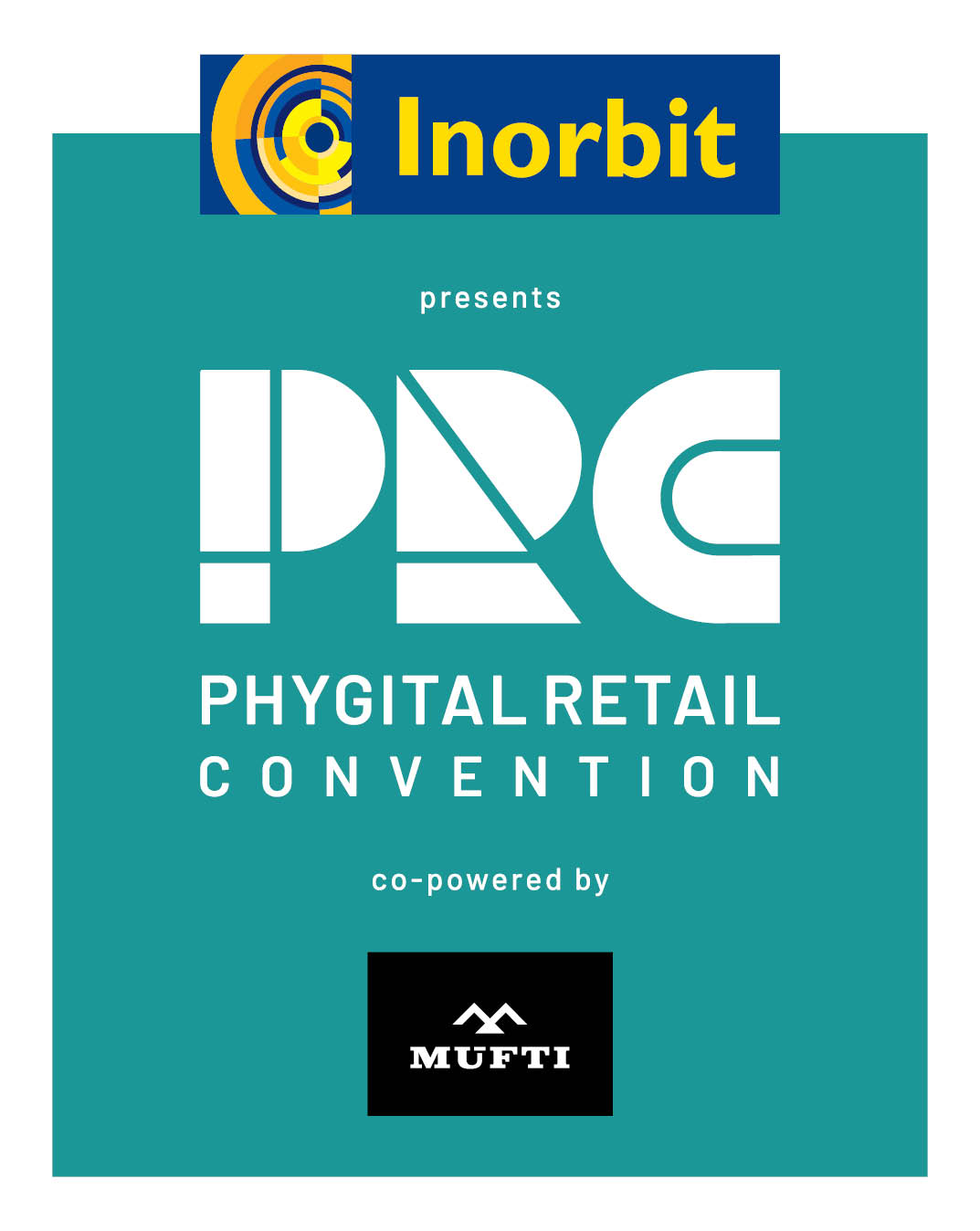Once overlooked in favour of metropolitan hubs, these smaller urban centres are now capturing the attention of global and domestic luxury brands
Luxury retail is undergoing a significant transformation, with tier-2 cities emerging as critical markets in 2025. Once overlooked in favour of metropolitan hubs, these smaller urban centres are now capturing the attention of global and domestic luxury brands. This trend reflects shifting economic realities, changing consumer behaviours, and advancements in infrastructure that make these cities ripe for high-end retail expansion.
Rising affluence and aspirations
Economic growth in tier-2 cities has fueled a rise in disposable incomes, creating a new class of consumers eager to indulge in luxury. Cities such as Surat, Indore, Chandigarh, and Vadodara in India, or Hangzhou and Qingdao in China, are witnessing a steady increase in wealth, largely driven by industrial growth and entrepreneurial ventures. Residents in these areas are no longer content with mass-market offerings; instead, they seek premium products that symbolize success and social mobility.
The aspirational nature of Tier-2 city consumers is driving a growing interest in luxury home interiors and premium sanitaryware, with rising demand for bespoke furniture, designer lighting, curated decor, and sleek bathroom fittings. Trends like handcrafted marble tables, intricate chandeliers, and modern sanitaryware reflect a desire to elevate living spaces as symbols of sophistication. Exposure to global lifestyles through digital platforms has amplified this interest, as homeowners increasingly view their living spaces as extensions of personal identity and status, creating opportunities for brands to offer customized, regionally tailored designs.
Digital influence on consumer behaviour
The digital revolution has played a pivotal role in driving luxury consumption in tier-2 cities. With widespread internet access and the popularity of social media, consumers are constantly exposed to global trends and lifestyles. Platforms like Instagram and YouTube have become powerful tools for brands to engage with potential buyers, offering curated content that resonates with these emerging markets.
Digital marketing strategies tailored to regional tastes are helping luxury retailers bridge the gap between aspiration and action. By showcasing the exclusivity and craftsmanship of their products, brands can effectively connect with an audience eager to align themselves with global luxury standards.
Improved infrastructure opens new opportunities
The rapid infrastructural development in tier-2 cities is creating an environment conducive to luxury retail. These cities are experiencing upgrades in transportation, housing, and commercial spaces, making them increasingly accessible and livable for affluent demographics.
Modern shopping malls and premium retail complexes are being developed in these areas, providing the perfect setting for luxury brands to establish a physical presence. These spaces not only attract high footfall but also offer the experiential elements that are integral to the luxury shopping experience.
Localisation strategies for market success
To thrive in Tier-2 markets, luxury brands are adopting localization strategies. Understanding the unique cultural preferences and spending habits of these consumers is key to building loyalty. For instance, brands may introduce limited-edition collections inspired by local traditions or collaborate with regional designers to create products that resonate with the target audience.
Hosting exclusive events during local festivals or partnering with influential figures in these regions can also help brands build trust and establish a strong connection with consumers. These tailored approaches demonstrate a commitment to understanding the market and respecting its cultural nuances.
Challenges and the path forward
Despite their potential, tier-2 cities present unique challenges for luxury retailers. Educating consumers about the value of authenticity in luxury goods is a critical hurdle, especially in markets where counterfeit products are prevalent. Additionally, ensuring a seamless supply chain and providing consistent service across diverse locations requires significant investment and planning.
However, the untapped nature of these markets offers a tremendous opportunity for brands willing to innovate. By blending online and offline retail channels, luxury retailers can create a unified shopping experience that meets the expectations of tech-savvy consumers. Early movers have the advantage of shaping market dynamics and building long-term brand loyalty.
The future of luxury retail in tier-2 cities
The rise of tier-2 cities as luxury retail destinations marks a turning point in the industry. These markets represent a blend of economic promise and evolving consumer aspirations, providing fertile ground for growth. As luxury brands expand beyond traditional strongholds, their ability to adapt to the unique demands of these emerging markets will define their success.
In 2025 and beyond, tier-2 cities will no longer be peripheral players in the luxury landscape. They are becoming integral to the growth strategies of leading brands, highlighting the importance of inclusivity and innovation in the ever-evolving world of luxury retail.


